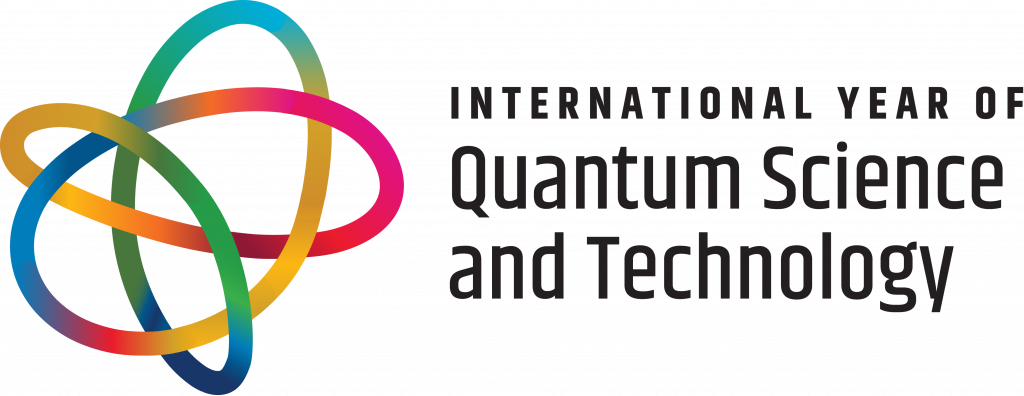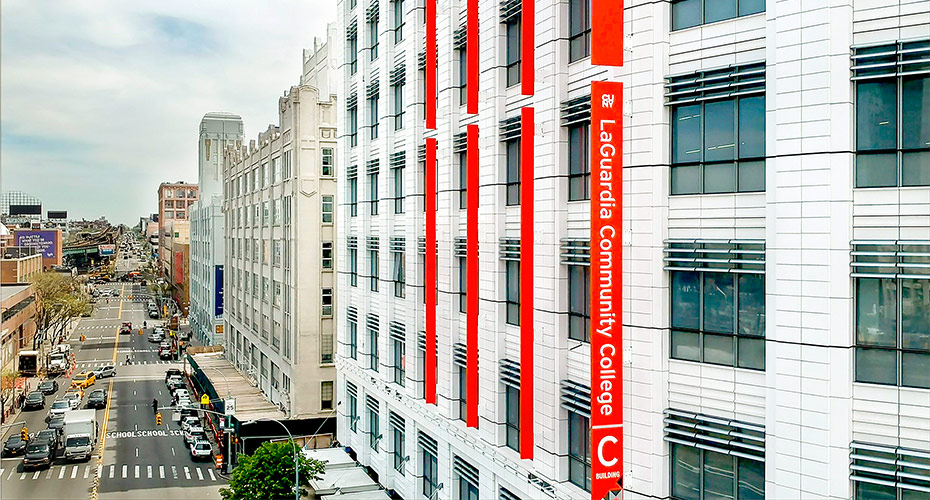
To celebrate a century of quantum physics, LaGuardia Community College will host an interdisciplinary conference exploring the historical developments, contemporary advancements, and future prospects of quantum science.
By resolution adopted by the General Assembly on 7 June 2024, the year 2025 has been officially designated as the International Year of Quantum Science and Technology, underscoring the immense global significance of quantum science. More information can be found here: https://digitallibrary.un.org/record/4052700/.
The year 2025 marks the centenary of Werner Heisenberg’s revolutionary publication on quantum mechanics. For 100 years, quantum mechanics has led to the development of lasers, MRI, transistors, computer chips, LEDs, the GPS, and countless technologies that define our modern world.
We invite you to an extraordinary celebration featuring talks by interdisciplinary speakers from LaGuardia Community College and beyond about the history, current frontiers, and future of the quantum revolution. This event is aimed at the general public: seasoned physicists, aspiring engineers, or curious students are all welcome.
We gratefully acknowledge support from the Natural Sciences Department, the Mathematics, Engineering, and Computer Science Department, and the Queens STEM Academy (funded by the U.S. Department of Education).
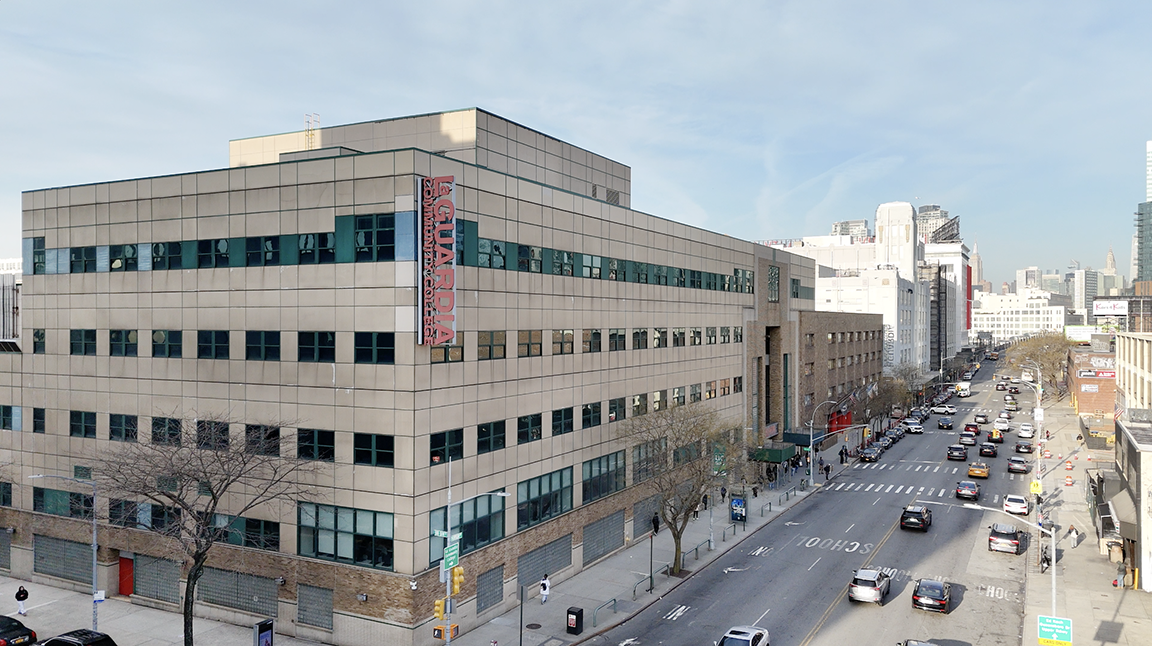
Wednesday, April 2, 2025 - LaGuardia E-building, E-242
| 2:15–2:20 | Welcome |
| 2:20–2:40 | What Is Physics? What Is Quantum Physics? The Birth of Quantum Mechanics James Frost (LaGuardia, Department of Natural Sciences) |
| 2:40–3:00 | Chien-Shiung Wu's Contribution to the Standard Model Frank Wang (LaGuardia, Department of Mathematics, Engineering and Computer Science) |
| 3:00–3:20 | What Is Spin? Daniel Capic (LaGuardia, Department of Natural Sciences) |
| 3:20–3:40 | Quantum Adventures: How STEM Fiction Warps Minds and Bends Reality, Making Young Readers Believers J. Elizabeth Clark (LaGuardia, English Department) |
| 3:40–4:00 | Coffee Break |
| 4:00–4:30 | Light Amplification by Stimulated Emission of Radiation (LASER) and In-vivo Fluorescent Markers: Where Quantum Physics Meets Neuroscience Santiago Solé-Domėnech (Weill Cornell Medical College, Department of Biochemistry) |
| 4:30–4:50 | Spin-Orbit Coupling and the Heavy Atom Effect: Theory and an Application Christopher Farley (LaGuardia, Department of Natural Sciences) |
| 4:50–5:10 | Mysteries of the Neutrinos Karan Kumar (Columbia University, Graduate School of Arts and Sciences, Department of Physics) |
| 5:10–5:30 | Neutrinoless Double Beta Decay Roman Senkov (LaGuardia, Department of Natural Sciences) |
| 5:30–6:00 | Ice Cream Social & Physics Demonstrations |
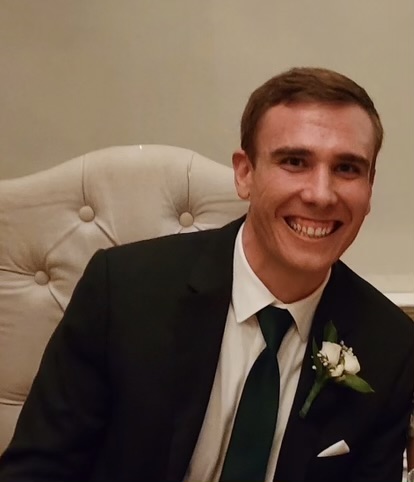
DANIEL CAPIC (LaGuardia/CUNY). Daniel Capic was born and raised in Staten Island. He earned his B.S. in physics and mathematics from Stony Brook University before completing his Ph.D. at the CUNY Graduate Center under the advisement of Distinguished Professor Eugene Chudnovsky at Lehman College. His research focuses on skyrmions, magnetic structures with potential applications in data storage.
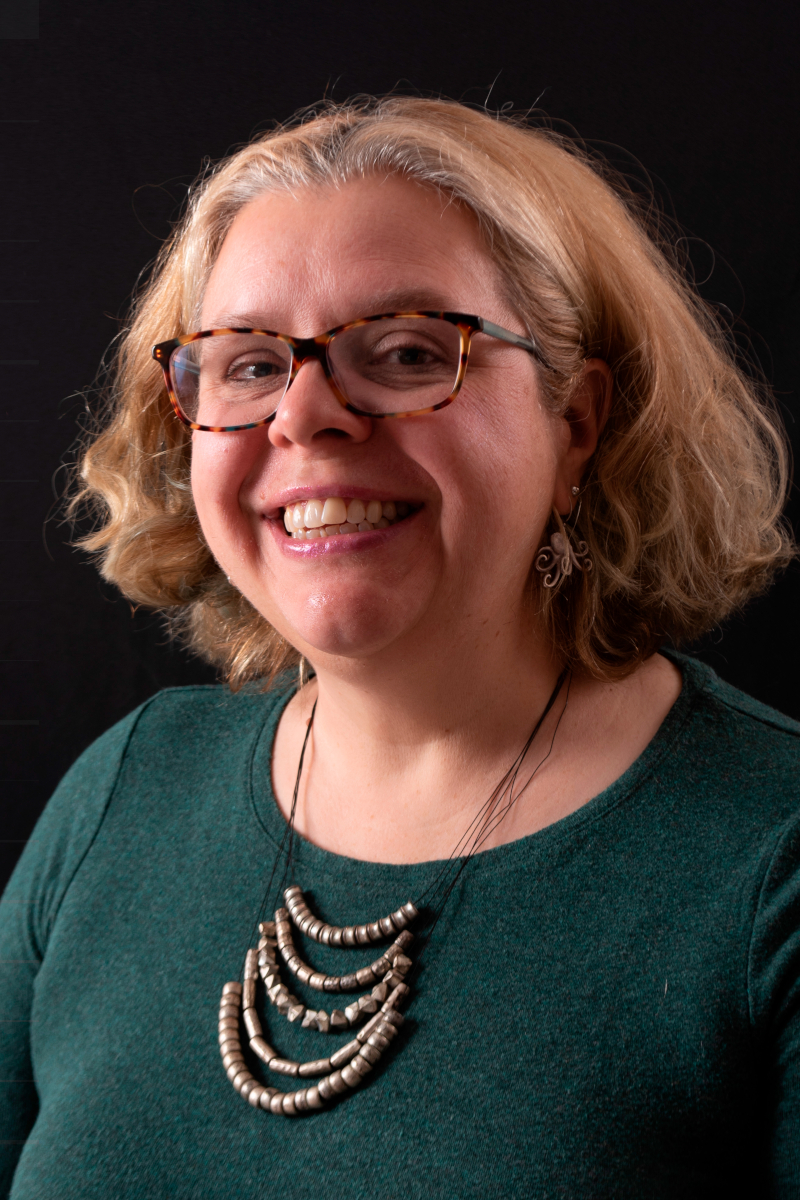
J. ELIZABETH CLARK (LaGuardia/CUNY). J. Elizabeth Clark shares her ideas about writing and technology at LaGuardia Community College — City University of New York where, as Professor of English, she teaches composition, children’s literature, and fiction writing. Liz is a published poet and has written articles on subjects such as ePortfolios, writing pedagogy, pedagogy and technology, digital rhetoric, assessment, women's studies, the poetry of HIV/AIDS and NBC's The West Wing. Most recently she has turned her attention to writing for children, specifically focusing on fiction and marine biology.
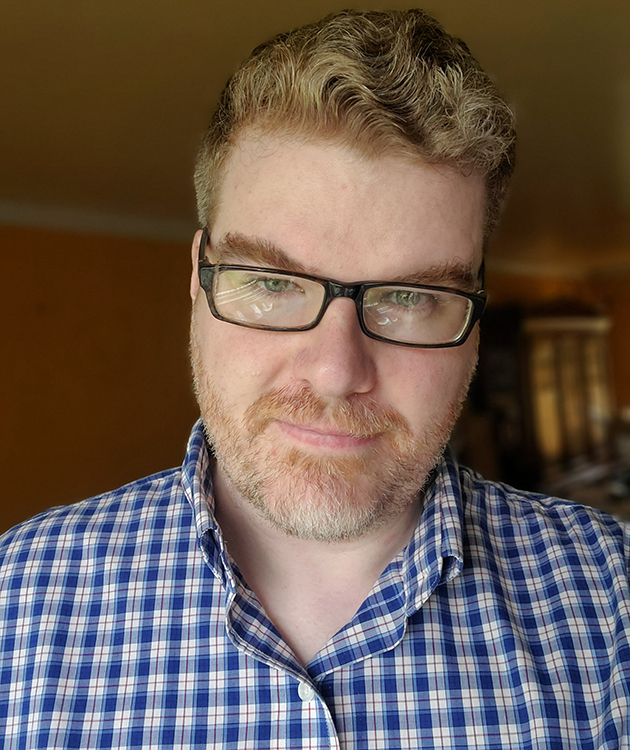
CHRISTOPHER FARLEY (LaGuardia/CUNY). Christopher Farley first studied physics at Fordham University, earning his BS in 2004. After many years away from science and academia, he returned to graduate school at the CUNY Graduate Center to study chemistry under the supervision of Dr. Charles Michael Drain, with a concentration in nanotechnology and materials science. In Dr. Drain’s lab at Hunter College, he studied the photophysical properties of porphyrins and phthalocyanines through various experimental and computational techniques, ultimately earning his PhD in 2016. These brilliantly colored, light-absorbing molecules underpin a vast array of natural biochemical reactions, including the global-scale conversion of solar energy into biological matter. They also find application in fields as diverse as textile dyes, information storage, catalysis, biomedical imaging, anti-cancer medicines, and multi-functional theranostics. His post-graduate work continues to straddle the boundary between chemistry and physics, where he has published several papers exploring the effects of molecular structure on fundamental light-matter interactions. In his work, Dr. Farley couples practical spectroscopy with modern, high-level quantum chemical calculations to reveal important aspects of molecular structure and function that could not be ascertained from either method independently.
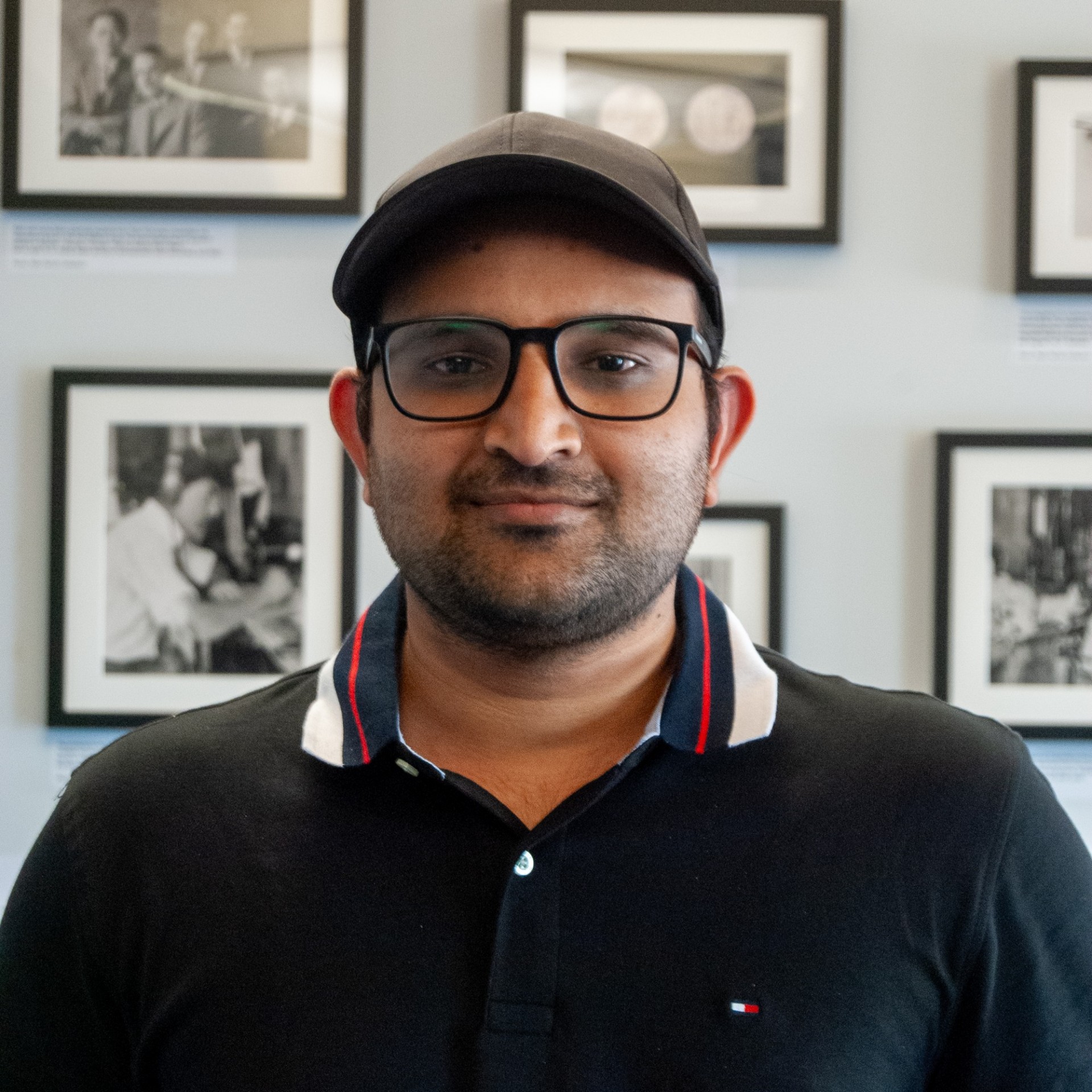
KARAN KUMAR (LaGuardia alumnus, Ph.D. student at Columbia University). Karan Kumar earned his bachelor's degree in Physics and Applied Mathematics from Stony Brook University. During his undergraduate studies, he worked on the reconstruction of Water Cherenkov events using neural networks and contributed to calculating theoretical predictions for the flux of neutrinos in the LHC FASER experiment. His primary research interest lies in experimental high-energy particle physics.
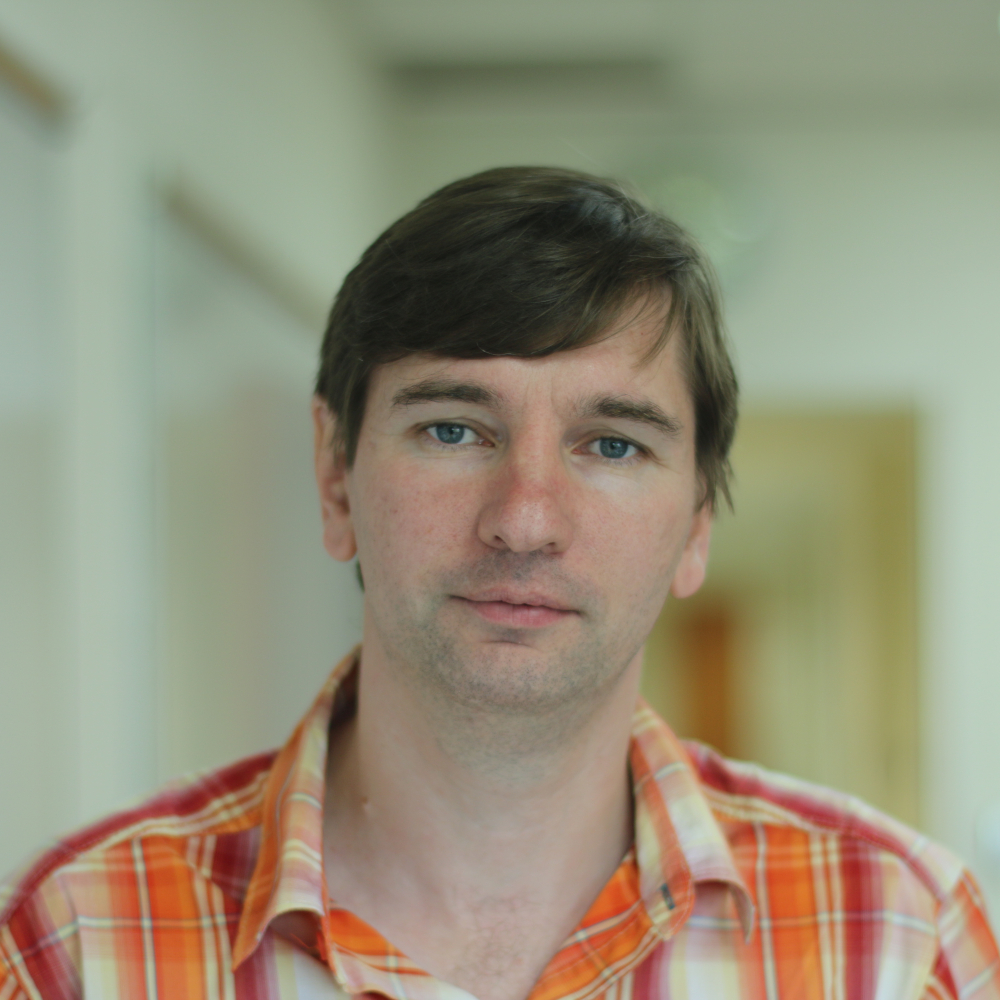
ROMAN SENKOV (LaGuardia/CUNY). Roman Senkov earned his Ph.D. from the Budker Institute of Nuclear Physics (Novosibirsk, Russia), focusing on many-body calculations of electromagnetic moments of heavy nuclei. Before joining LaGuardia in 2014, he conducted research at Michigan State University and Central Michigan University. His work in theoretical nuclear physics explores nuclear level densities, quantum chaos and thermalization, neutrinoless double-β decay, and CP violation in atomic and nuclear systems. One of his less typical works, done in collaboration with Dr. Andrei Pomeransky, led to the discovery and investigation of the Pomeransky-Senkov black rings – solution that describes an asymptotically flat doubly rotating black ring in five dimensions, whose self-gravity is exactly balanced by the centrifugal force arising from the rotation in the ring direction.
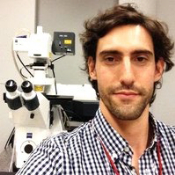
SANTIAGO SOLÉ-DOMĖNECH (Weill Cornell Medical College). Santiago Solé-Domėnech obtained his bachelor’s degree in Chemistry from the University of Girona (Spain) in 2006. Shortly after, he enrolled in the Medical Science graduate program at the Karolinska Institute (Stockholm, Sweden), where his research focused on optimizing imaging mass spectrometry for the study of Alzheimer’s disease tissue. He earned his doctorate in March 2012 and subsequently joined the Maxfield lab at Weill Cornell Medicine. There, he transitioned to new approaches in cell biology and live fluorescence brain imaging.
Santiago’s research focuses on developing novel biochemical imaging techniques to uncover the mechanisms regulating lysosome biology – small cellular organelles responsible for degrading substrates and chemicals – in microglia and peripheral macrophages, the brain's immune cells. His work aims to develop innovative therapeutic strategies to enhance the clearance of brain amyloid-beta in patients with Alzheimer’s disease.
An extensive profile can be found on LinkedIn. Selected publications can be found here.
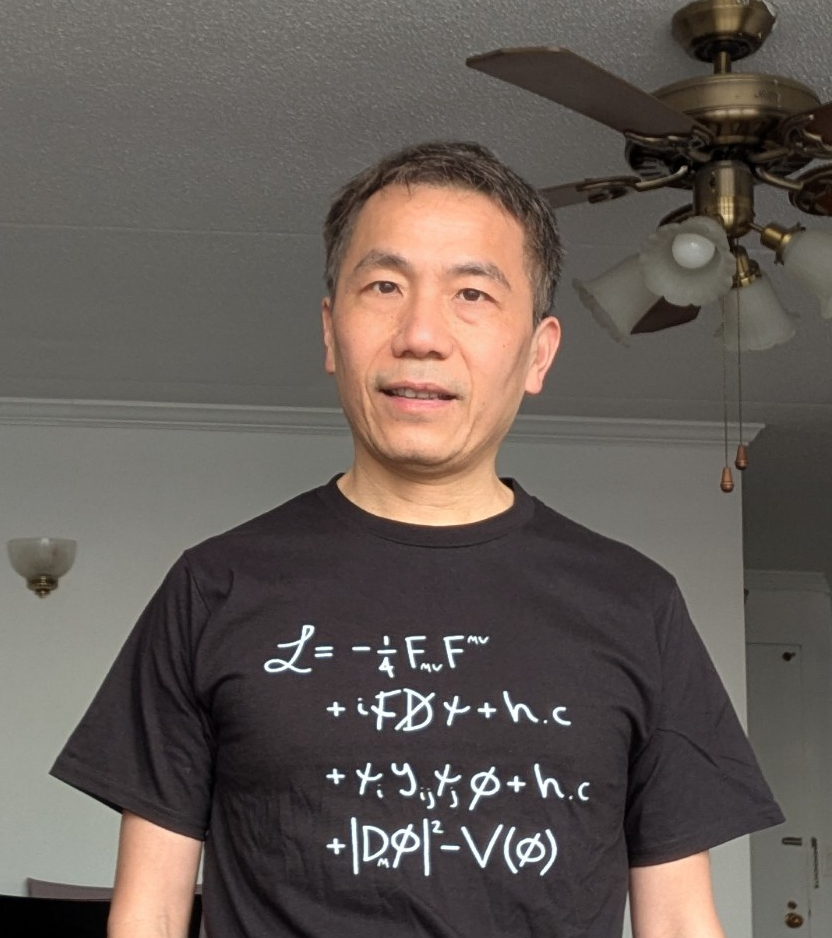
FRANK WANG (LaGuardia/CUNY). Frank Wang did his undergraduate research with Professor James M. Daniels, who in 1953 used the paramagnetic salt cerium magnesium nitrate (CMN) adiabatic demagnetization to achieve a low temperature below 0.01 kelvin at Oxford University’s Clarendon Laboratory. In 1956 Professor Chien-Shiung Wu adopted the Oxford technique to use CMN to freeze cobalt 60 nuclei to nearly absolute zero to conduct her historical experiment that overthrew the parity conservation law in the weak interaction. Frank received his Ph.D. in physics from Columbia University, and his dissertation topic was pulsars, which were first discovered by another legendary female physicist Professor Jocelyn Bell. Dr. Wang has written several papers to enhance public understanding of the achievements of female mathematicians and physicists, including Emmy Noether, Sofya Kovalevskaya, Maria Goeppert Mayer, Mary Cartwright, and Mary Tsingou; see https://arxiv.org/abs/0810.2129 and https://arxiv.org/abs/0903.2671.
|
2:20-2:40
What Is Physics? What Is Quantum Physics? The Birth of Quantum Mechanics
James Frost
Natural Sciences Department, LaGuardia Community College, Long Island City, New York 11101, USA
jamesf@lagcc.cuny.edu Abstract
From Newton’s laws of motion and Newton’s law of gravitation to Maxwell’s equations of electromagnetism, classical physics laid the foundation for understanding matter and energy. Around 1900, discoveries such as the photoelectric effect and later Bohr’s theory of the hydrogen atom introduced the concept of quantization, transforming our view of physical reality. De Broglie’s wave postulate revealed that matter can exhibit wave-like properties, while the uncertainty principle exposed fundamental limits in measurement. These breakthroughs led to the birth of Quantum Mechanics, pioneered by Heisenberg’s matrix mechanics and Schrödinger’s wave equation. This talk will trace the origins of physics, the rise of quantum theory, and the profound impact these developments have on our understanding of the universe.
|
|
2:40-3:00
Chien-Shiung Wu's Contribution to the Standard Model
Frank Wang
The Department of Mathematics, Engineering and Computer Science, LaGuardia Community College, Long Island City, New York 11101, USA
fwang@lagcc.cuny.edu Abstract
We examine quantum equations since Heisenberg's revolutionary paper published in 1925, including the Schrödinger and Dirac equations. In 1956 the great female nuclear physicist Chien-Shiung Wu experimentally confirmed parity violation in the weak interaction. The current best understanding of fundamental physics is the Standard Model, and the development of the theory was guided by Professor Wu’s discovery and Emmy Noether’s symmetry theorem. We will show how the electron mass is generated through the Higgs mechanism. Philosophical implication of the Standard Model will be discussed.
Handouts: coretheory.pdf (3.2Mb) |
|
3:00-3:20
What Is Spin?
Daniel Capic
Natural Sciences Department, LaGuardia Community College, Long Island City, New York 11101, USA
dcapic@lagcc.cuny.edu Abstract
All particles have a property called spin. While the term "spin" evokes an image of a spinning top, in quantum mechanics spin is an intrinsic quantity that dictates how the particle behaves. Furthermore, all elementary particles can be grouped into two categories based on their spin: fermions and bosons, each of which is subject to different physical laws. The spin of the electron leads to something called the exchange interaction which explains why certain materials are magnets. Spin is also why some materials are superconductors in certain conditions, allowing the flow of current without energy loss.
|
|
3:20-3:40
Quantum Adventures: How STEM Fiction Warps Minds and Bends Reality, Making Young Readers Believers
J. Elizabeth Clark
English Department, LaGuardia Community College, Long Island City, New York 11101, USA
lclark@lagcc.cuny.edu Abstract
Imagine being pulled into a black hole — not just as a daring space explorer in a sci-fi adventure, but as a kid discovering the mind-bending mysteries of the universe. What happens inside? Does time slow down? Could you emerge in another part of the cosmos? Science fiction loves using black holes as thrilling plot devices, but they’re also a doorway to some of the most fascinating real-world science — like quantum mechanics.
Children’s literature has the power to spark curiosity, turning young readers into budding scientists and explorers. Through relatable characters, imaginative plots, and mind-blowing concepts like quantum entanglement, time dilation, and the multiverse, STEM fiction makes complex ideas exciting and accessible — without feeling like a lecture. In this exploration, we’ll dive into how STEM fiction introduces readers to the wonders of physics, from black holes to quantum mechanics, igniting a passion for discovery that can last a lifetime. |
|
4:00-4:30
Light Amplification by Stimulated Emission of Radiation (LASER) and In-vivo Fluorescent Markers: Where Quantum Physics Meets Neuroscience
Santiago Solé-Domėnech
Department of Biochemistry, Weill Cornell Medical College, New York, New York 10065
sas2068@med.cornell.edu Abstract
What is a laser? What makes a laser beam different from the beam of a flashlight? And most importantly, how can lasers contribute to the exploration of neuroscience? In a laser, a lasing medium is energized, causing electrons to reach excited energy levels. These excited electrons hold more energy than those in relaxed states and eventually return to lower energy levels, releasing energy in the form of photons. The emitted photons have a specific wavelength (color). Inside a laser tube, these photons reflect off mirrors, stimulating other electrons to drop to lower energy levels and emit more photons. This cascade effect produces a coherent beam of light – laser light – where photons travel in the same direction and have the same wavelength. We will discuss how lasers can be used to excite fluorescent compounds, either genetically expressed by brain cells or injected into the central nervous system, to produce live images of brain cells. These methods have helped us investigate how lysosomes – a small cellular organelle responsible for degrading chemical compounds – in brain immune cells regulate their acidity and how their dysfunction may contribute to Alzheimer’s disease.
|
|
4:30-4:50
Spin-Orbit Coupling and the Heavy Atom Effect: Theory and an Application
Christopher Farley
Natural Sciences Department, LaGuardia Community College, Long Island City, New York 11101, USA
cfarley@lagcc.cuny.edu Abstract
It is a peculiar feature of quantum mechanics that angular momentum comes in two distinct flavors: orbital and spin. While orbital angular momentum always describes a composite system made up of at least two particles, spin is intrinsic to the particles themselves, including the fundamental particles of the Standard Model (electrons, quarks, neutrinos, etc.). Therefore, a description of even the simplest atom must account for the way the constituent particles orbit one another, the way they spin, and also the way these two phenomena interact. This interaction, the so-called Spin-Orbit Coupling (SOC), is crucial to understanding many chemical phenomena, such as the Heavy Atom Effect. We will discuss these concepts with an emphasis on intuitive understanding over mathematical rigor, and then see how they apply to a system of interest in modern materials science: metal-organic complexes.
|
|
4:50-5:10
Mysteries of the Neutrinos
Karan Kumar
Department of Physics, Columbia University, New York, NY 10027, USA
fk2476@columbia.edu Abstract
Neutrinos are among the most mysterious and elusive particles in nature. Even though trillions of them pass through our bodies every second, their incredibly weak interactions mean we barely notice them. For many years, physicists believed neutrinos were entirely massless. However, a series of groundbreaking experiments uncovered that neutrinos do, in fact, have a tiny but nonzero mass. In this talk, we will delve into how scientists uncovered neutrino mass, from the clues offered by neutrino oscillations. We will also explore why this discovery suggests there may be “new physics” beyond our current theories.
|
|
5:10-5:30
Neutrinoless Double Beta Decay
Roman Senkov
Natural Sciences Department, La Guardia Community College, Long Island City, New York 11101, USA
rsenkov@lagcc.cuny.edu Abstract
Neutrinos are some of the most mysterious particles in the universe. Unlike other fundamental particles, they can change from one type to another — a phenomenon known as neutrino oscillations. This discovery provided the first clear evidence that neutrinos have mass, challenging the Standard Model of particle physics and opening the door to new theories about the universe. One of the biggest remaining questions is whether neutrinos are their own antiparticles. A rare nuclear process called neutrinoless double-beta decay (0νββ) could provide the answer. If observed, this decay would not only confirm that neutrinos are Majorana fermions but also help scientists understand their mass and role in the evolution of the universe. In this talk, we will introduce the fascinating world of neutrinos and explain the significance of 0νββ decay.
|
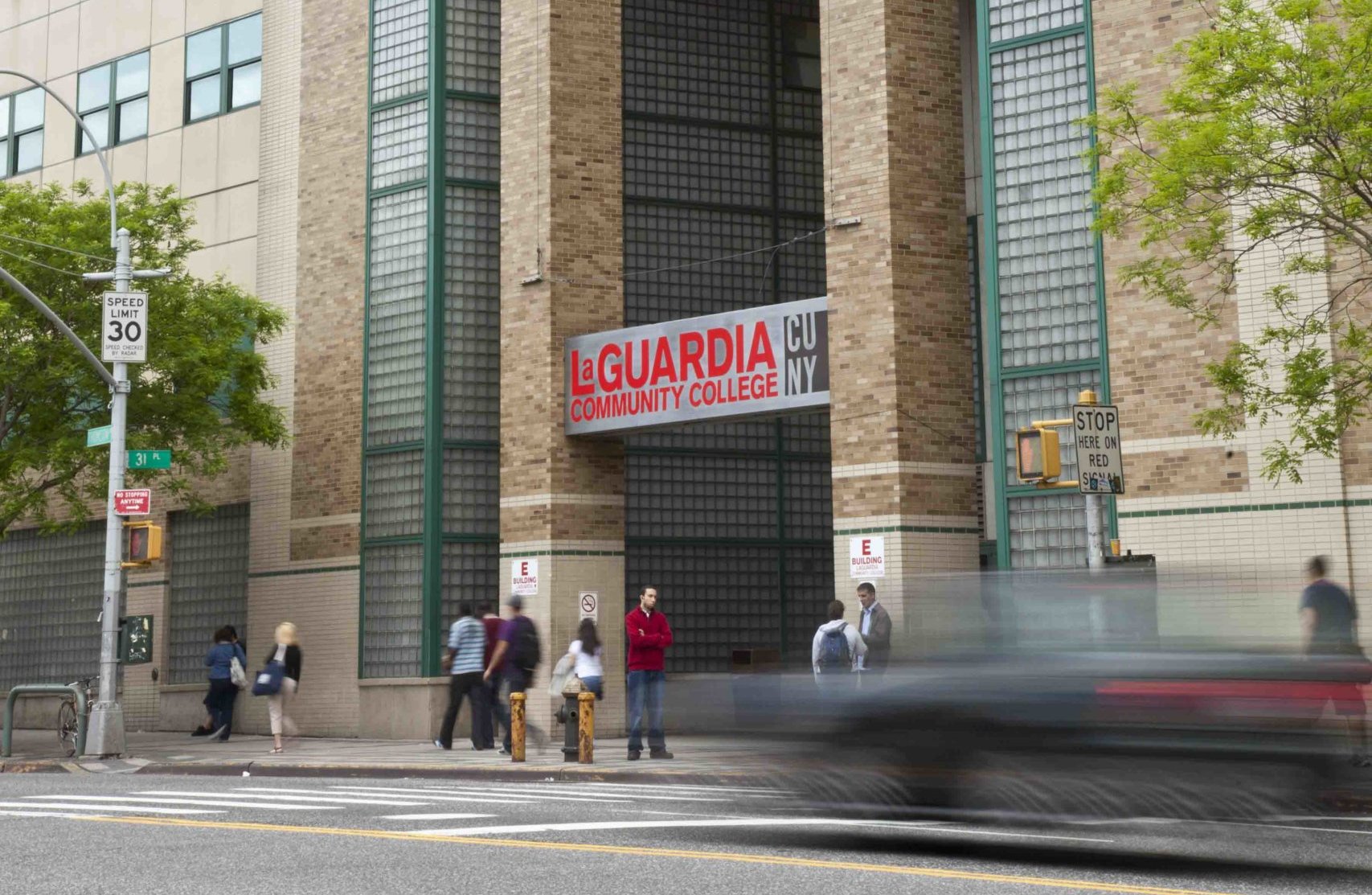
We warmly invite you to attend the conference. While we welcome walk-ins, we kindly request that participants register in advance to help us ensure a smooth experience for everyone. Please use the following link to register: Register here. We look forward to seeing you there!
Date: Wednesday, April 2, 2025
Time: 2:15 pm – 6:00 pm
Location: E-building, E-242
Please register here to receive the Zoom link for attending the conference online.
Daniel Capic, dcapic@lagcc.cuny.edu
Roman Senkov, rsenkov@lagcc.cuny.edu
Frank Wang, fwang@lagcc.cuny.edu
Countdown to April 2nd, 2:15 PM (EST):
Loading...
Site visits: 569
